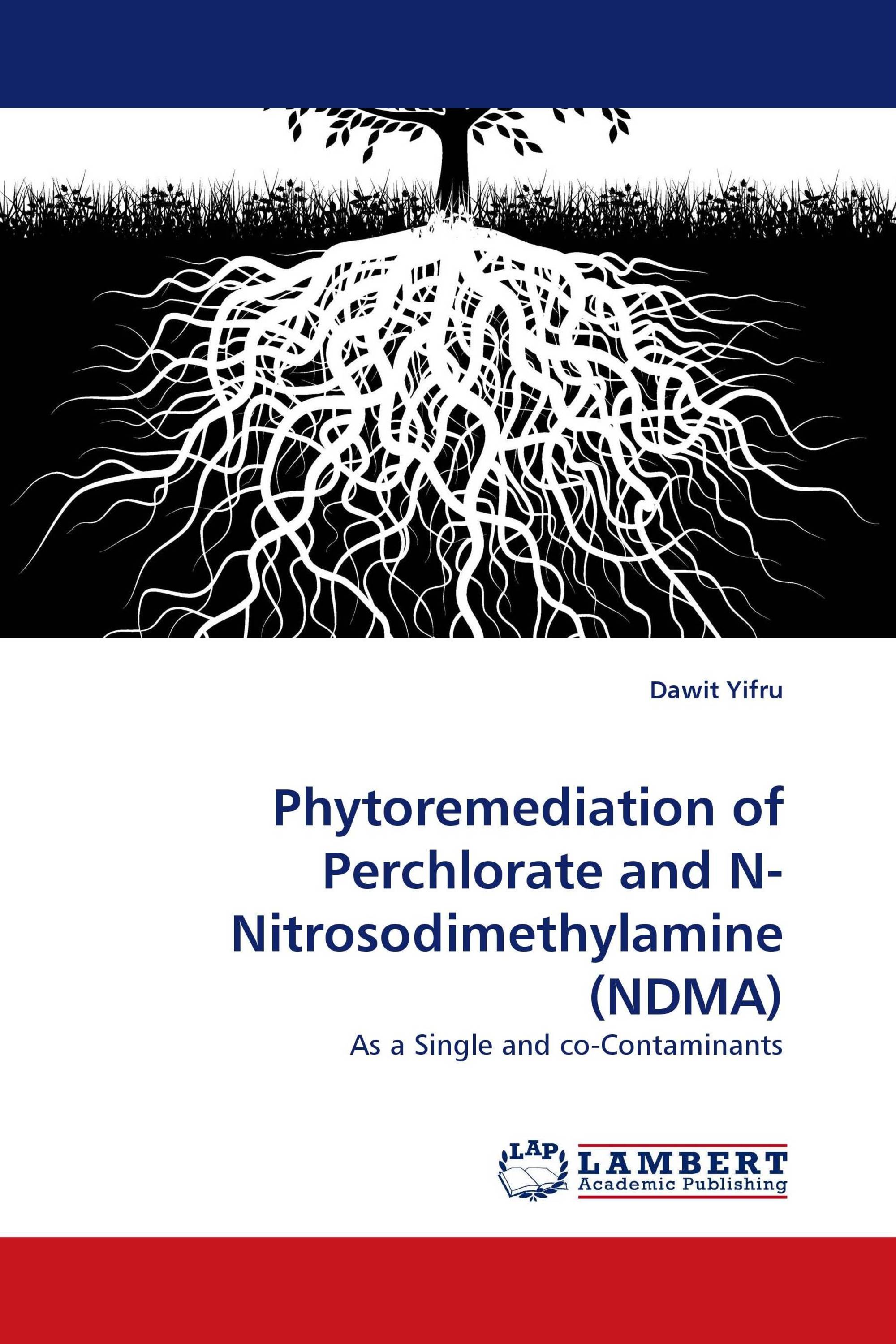Phytoremediation of Perchlorate and N-Nitrosodimethylamine (NDMA)
As a Single and co-Contaminants
€ 59,00
The fate of two emerging contaminants, perchlorate (ClO4-) and N-Nitrosodimethylamine (NDMA) (C2H6N2O), in planted systems, was investigated using phreatophytes grown in hydroponic and soil bioreactors under greenhouse conditions. Plant uptake and rhizodegradation are the two main mechanisms by which plants metabolize perchlorate. Plant uptake is an undesired process that poses ecological risks resulting from phytoaccumulation of some fraction of the perchlorate. Meanwhile, rhizodegradation is a more rapid and favored process involving perchlorate-degrading bacteria utilizing carbon as energy (electron) source to rapidly degrade perchlorate to innocuous chloride. Uptake and Phytovolatilization is the mechanism by which plants metabolize NDMA. The calculated transpiration stream concentration factor (TSCF) for NDMA of 0.28 suggests that NDMA is passively taken up by plants, and mainly phytovolatilized. In bioreactors dosed with both perchlorate and NDMA, no competitive uptake of NDMA or perchlorate was observed. In the presence of NDMA, a slower rate of rhizodegradation was observed, but still significantly faster than the rate of NDMA uptake.
Book Details: |
|
|
ISBN-13: |
978-3-8443-1262-1 |
|
ISBN-10: |
3844312625 |
|
EAN: |
9783844312621 |
|
Book language: |
English |
|
By (author) : |
Dawit Yifru |
|
Number of pages: |
152 |
|
Published on: |
2011-03-02 |
|
Category: |
Building and environmental technology |
